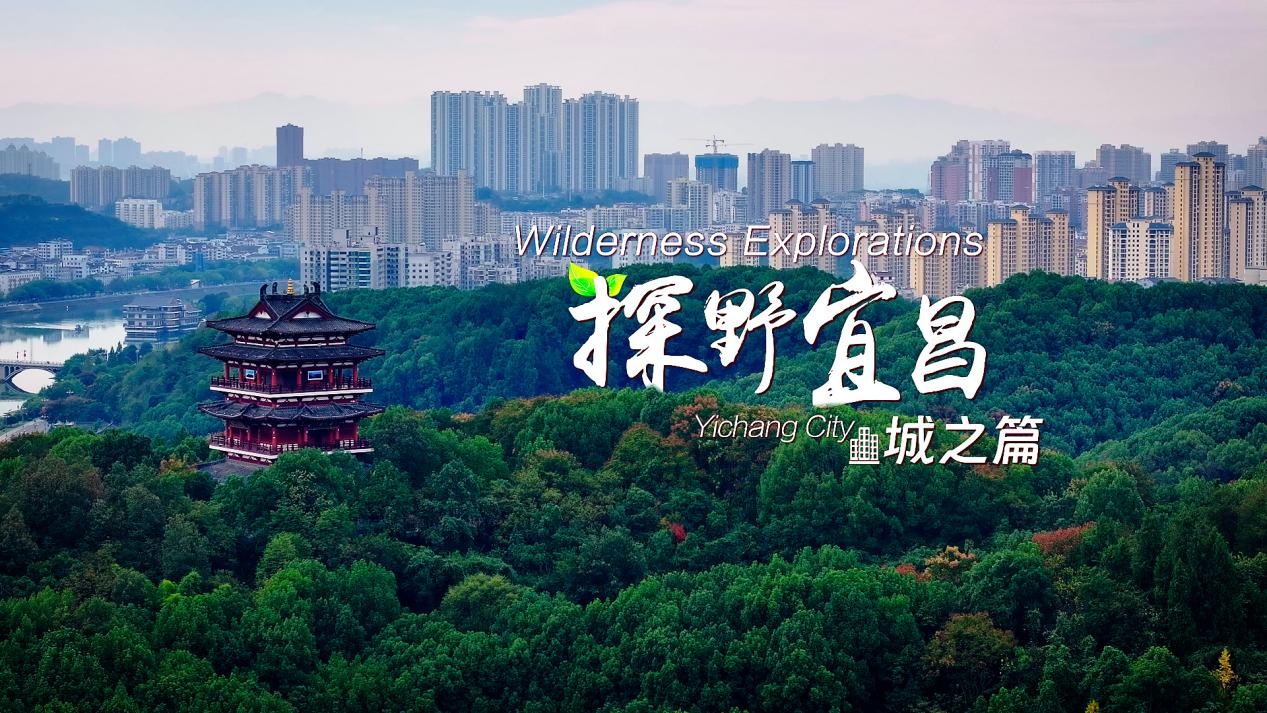
Yichang, a harmonious blend of nature and urban life, launched video series "Wilderness Explorations"
/EIN News/ -- YICHANG, China, Nov. 15, 2024 (GLOBE NEWSWIRE) -- The Yichang Three Gorges Media Center has recently launched a Chinese-English bilingual video series titled "Wilderness Explorations," which has garnered significant attention both in China and abroad.
A Media Snippet accompanying this announcement is available by clicking on this link.
This series comprises three episodes (http://www.gorgeousyichang.com/), offering a glimpse into how this city fosters a harmonious coexistence between humans and nature.
In Yichang, enchanting landscapes meet vibrant urban life. Rivers and mountains intertwine, breathing life into a city with a long history. People have lived here for generations, nurturing the ecological wonder.
In recent decades, Yichang launched integrated protection and restoration initiatives across mountains, rivers, forests, fields, lakes and grasslands. Notable projects include the construction of ecological corridors along the Yangtze River, and the establishment of urban wetland parks and national nature reserves. These efforts have increased local biodiversity and Yichang now boasts a forest area of 1.4 million hectares and forest coverage rate of 60 percent. The region is home to 601 species of terrestrial wildlife and 5,582 species of seed plants.
Episode 1 takes a deep dive into Wufeng Houhe National Nature Reserve and explores its ancient Houhe primitive forest.
The forest dates back 130 million years and stretches from the Baixi River Valley at an altitude of 398.5 meters to Duling Mountain at 2,252.2 meters. The diverse ecosystem here is home to 3,302 vascular plant species, including 76 that are under national protection.
Among these species is the Chinese yew, an ancient plant that has survived since the Quaternary glaciation. The slow growing Chinese yew requires extremely specific environmental conditions. Houhe's unique geography makes it a rare sanctuary for various flora and fauna from this era, preserving other rare species like the Dove tree, Ginkgo biloba and Bole tree.
The shooting team also visits an ancient grove of Chinese fighazel (sycopsis sinensis) located about 1,200 meters above sea level. Discovered in 2011, this over 100-hectare area was recognized as China's largest and best-preserved community at that time. While Chinese fighazel trees are not large in size, some have been found to be over 500 years old.
Thanks to collective efforts of nature protectors in Houhe, many rare species continue to thrive here, such as the critically small population of Sinojackia dolichocarpa.
As one of the world's largest rivers, the Yangtze River's ecological protection has garnered international attention. In Episode 2, the team visits the Yangtze River Rare Fish Breeding Base to learn about the Chinese sturgeon.
As one of Earth's oldest vertebrates, the Chinese sturgeon has existed for over 100 million years. Classified as a first-class protected wildlife species in China and a symbol for the conservation of rare fish unique to the Yangtze River, it is often referred to as "the panda of the water."
The Chinese sturgeon is not only the largest freshwater fish but also has one of the longest lifespans, with some individuals growing to weigh over 500 kilograms. Despite their size, they are known for their gentle nature.
However, natural populations of Chinese sturgeon began declining significantly in the late 20th century. In 2010, it was classified as critically endangered by the International Union for Conservation of Nature. To restore wild populations, artificial breed and release programs have been organized. Over several years, China Three Gorges Corporation, which runs the rare fish breeding base, has released over six million sturgeons back into their natural habitat.
In Episode 3, the shooting team joins a birdwatching enthusiast to discover how humans harmoniously coexist with nature in parks dotting Yichang's urban area.
At Canal Park, azure-winged magpies dance among cypress trees while wild ducks forage nearby. In Huangbai River Wetland Park, egrets and other rare birds' nest among the reeds. On the green belts along the banks of the Yangtze, birds soar freely and locals enjoy their free time while finless porpoises swim undisturbed in the river below.
In recent years, Yichang's efforts toward building parks and green spaces as ecological corridors have created safety nets for preserving biodiversity in the city.
Yichang's bustling city life is complemented by accessible natural wonders found in every hidden corner. The parks and green spaces provide essential food and habitats for local wildlife while creating opportunities for residents to connect with nature.
Now Yichang has 145 parks. By the end of 2023, parkland area reached 1,750 hectares with a greening coverage rate of 45 percent, resulting in an estimated per capita parkland area of 16.5 square meters.
As Yichang continues working to balance urban development with ecological preservation, it hopes to serve as an example of the potential for harmony between human activity and environmental conscientiousness. This ongoing commitment to protecting both terrestrial and aquatic ecosystems highlights Yichang's role in promoting sustainable development while celebrating its rich natural heritage.
To watch the videos, please visit www.gorgeousyichang.com or follow GorgeousYichang on Facebook, Twitter, Instagram and YouTube.
Source: Yichang Three Gorges Media Center

Contact person: Ms. Qiao, Tel: 86-10-63074558
Distribution channels: Banking, Finance & Investment Industry, Media, Advertising & PR
Legal Disclaimer:
EIN Presswire provides this news content "as is" without warranty of any kind. We do not accept any responsibility or liability for the accuracy, content, images, videos, licenses, completeness, legality, or reliability of the information contained in this article. If you have any complaints or copyright issues related to this article, kindly contact the author above.
Submit your press release


